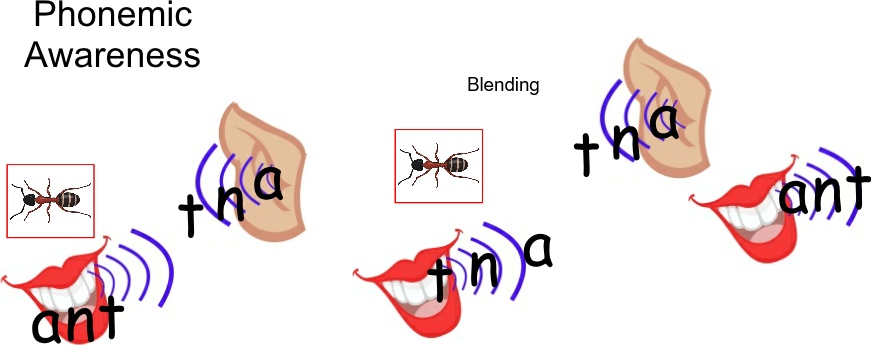
There are 10 stages of phonological awareness. Stages 1 to 7 are what we class as the pre-phonics skill stages (https://www.teachphonics.co.uk/phonological-development.html) and stages 8 to 10 (https://www.teachphonics.co.uk/phonological-development-phonics.html) we would class as the phonics stages.
Phonological awareness skills relate to our sensitivity and understanding of the sound structures of our spoken (oral) language. It enables us to progress from our awareness of large sound units (words in sentences) to smaller sound units (phonemes in words). It also incorporates the ways in which we communicate through speech, body language and written forms.
Research suggests that our phonological awareness (Stage 1: https://www.teachphonics.co.uk/phonological-awareness-stage-1.html) begins in the womb at about 24 weeks. New born babies have a preference for their mother’s voice, as they have had an extended period of time hearing the voice before they are born, and so find it comforting. They do not understand the words, just the sound, rhythm and intonation of her speech pattern; more like music.
So, talk to your baby even before they are born, they will not understand what you are saying but their brain is busy; starting to store sound information that will later help them to understand language and learning to speak.
Babies initially have no language preference; they respond only to the sounds and facial gestures and mouth shapes that accompany them.
How you talk to your baby also has an impact; research has shown that babies prefer you to talk to them using regular words (normal adult vocabulary) in a slightly higher pitched and more sing-song way. Although many adults do this naturally when talking to babies it has become known as ‘Parentese’ and is very different from ‘Baby Talk’. For more information about ‘Parentese’: https://www.teachphonics.co.uk/how-to-speak-parentese.html








